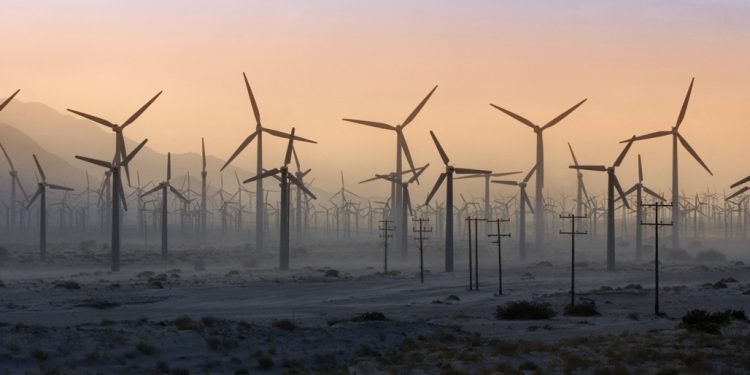Brussels (Brussels Morning) The EU has announced plans to move towards renewable sources of energy in the coming decade and expand offshore wind farm energy production 25-fold by 2050, Reuters reported yesterday, Thursday.
Currently, the EU covers approximately one third of its electricity needs through renewables and is planning to double the share by 2030 as part of plans to reach climate neutrality by 2050.
The EU Commission points out that the bloc wants to reach offshore wind farm production capacity of 60 GW by 2030, and 300 GW by 2050, compared to today’s 12 GW. It notes that all seas bordering the EU have wind energy potential, with the North Sea leading the way. Thus far, Denmark, Germany and the Netherlands are among the bloc’s largest offshore wind farm producers.
The UK, which left the bloc at the start of the year, tops the list of European countries in this regard, with offshore wind farm output of approximately 10 GW.
EU Commissioner for Climate Action Frans Timmermans said the bloc’s plan was ambitious, but he was confident the EU could fulfil it given the bloc’s significant wind energy potential and its global leadership position in the industry.
As part of the move towards renewables, the EU Commission announced its intention to increase wave and tidal energy power generation from the current 13 MW to 40 GW by 2050.
The planned expansion of offshore wind farms should cost close to 800 billion euro by 2050, with the lion’s share of investments to be financed with private capital.
The EU should be able to meet the target by using less than 3% of the bloc’s maritime space, keeping in mind that campaigners have urged that the planned expansion should not jeopardise marine habitats.
According to the EU Offshore Renewable Energy Strategy, increasing innovation and research is necessary for the proposed large-scale deployment of offshore wind farms, an EC communication released yesterday, Thursday, shows.
Most of the investments in this research in recent years has come from the private sector, with about 6% coming from EU funds and some 17% from the bloc’s national governments.
Offshore generation from renewable sources is among the most promising affordable ways to meet EU climate neutrality objectives and the expected growth of electricity demand.




